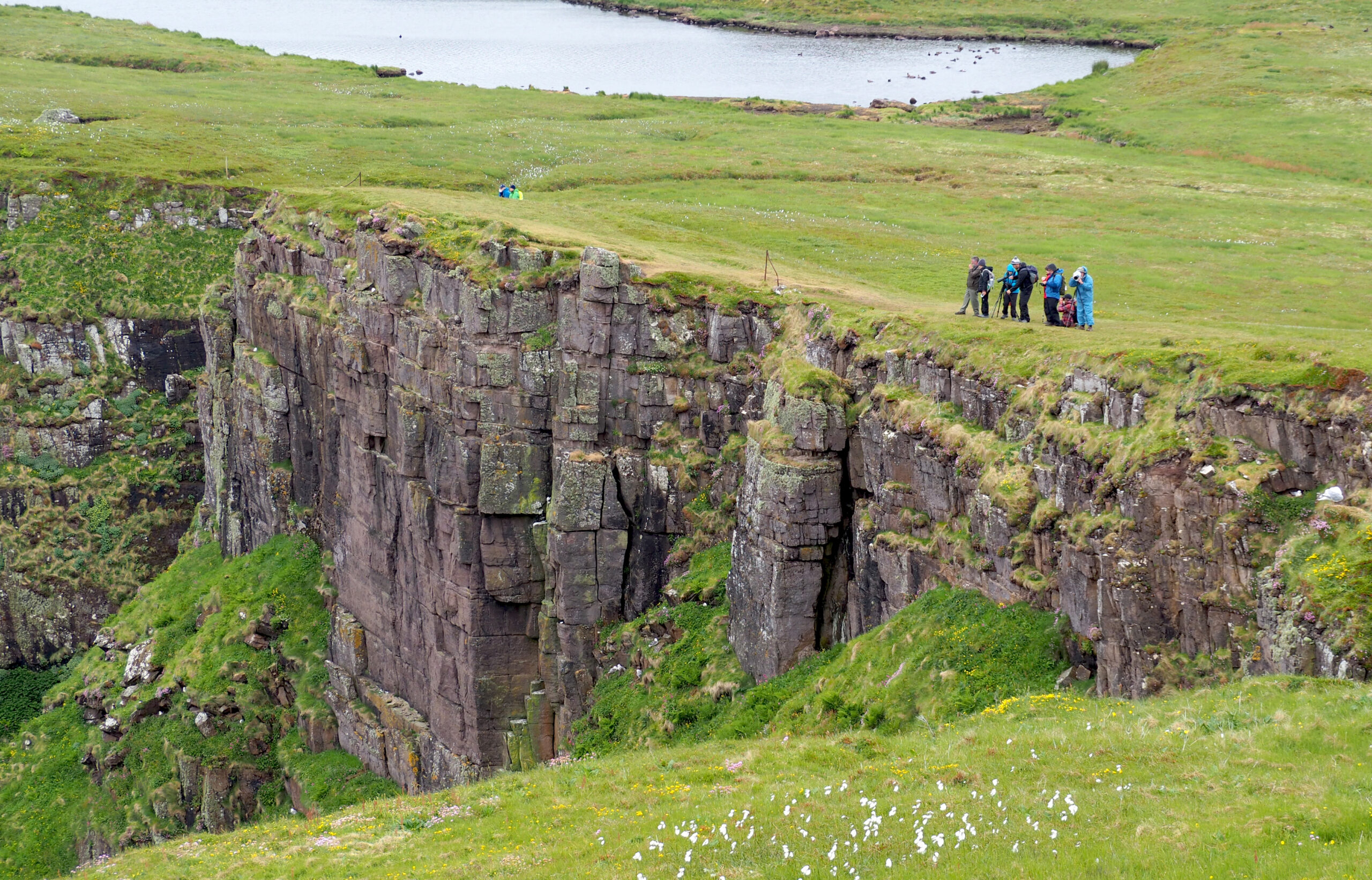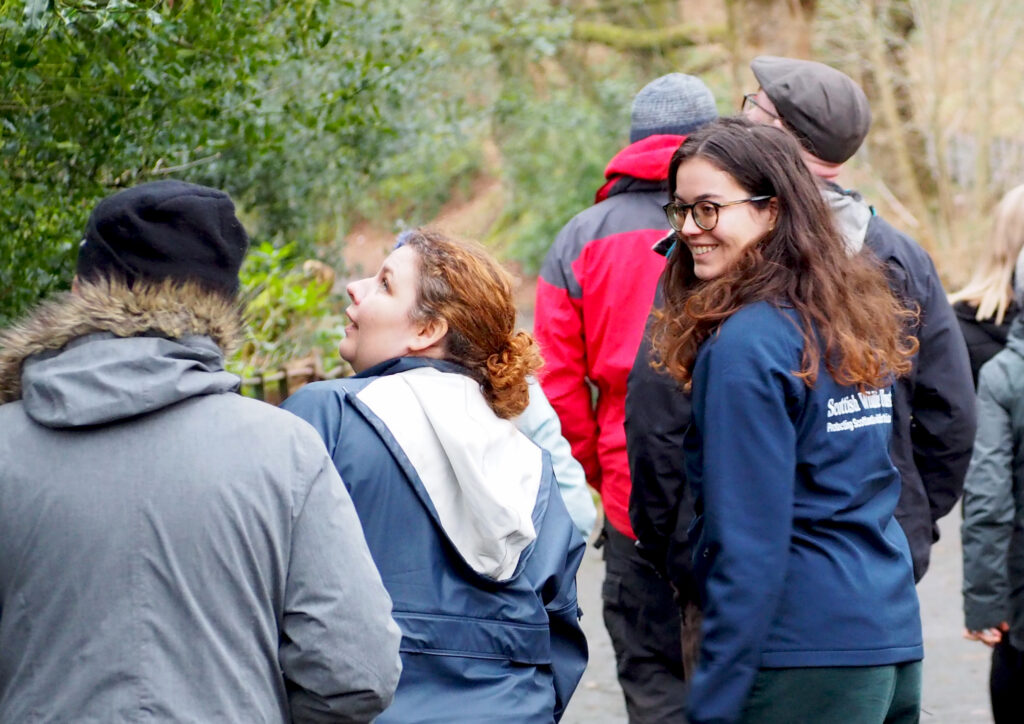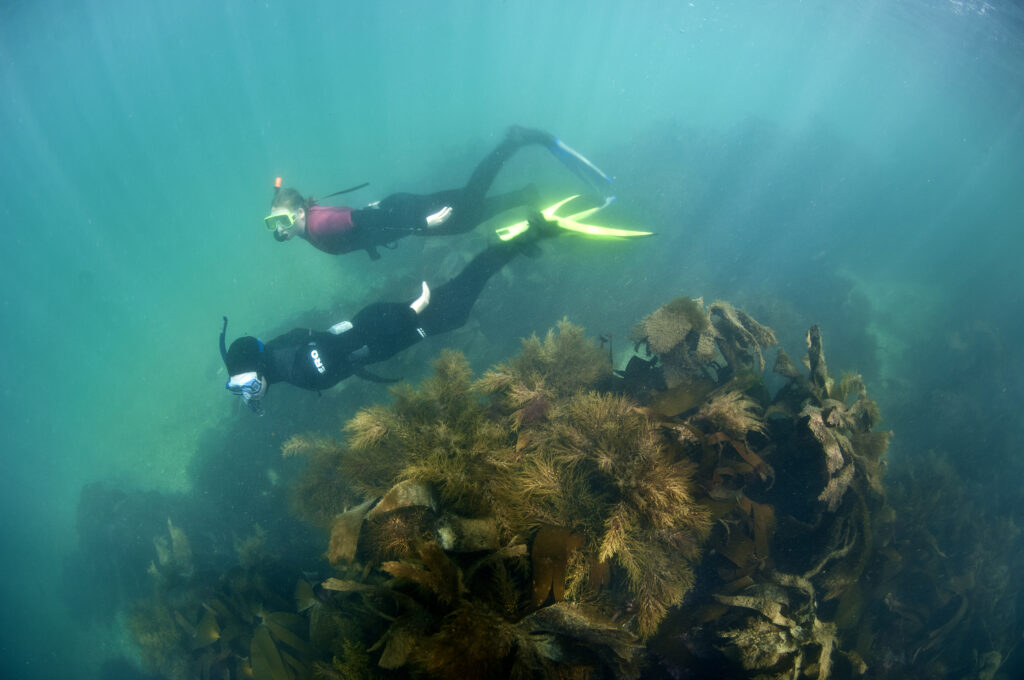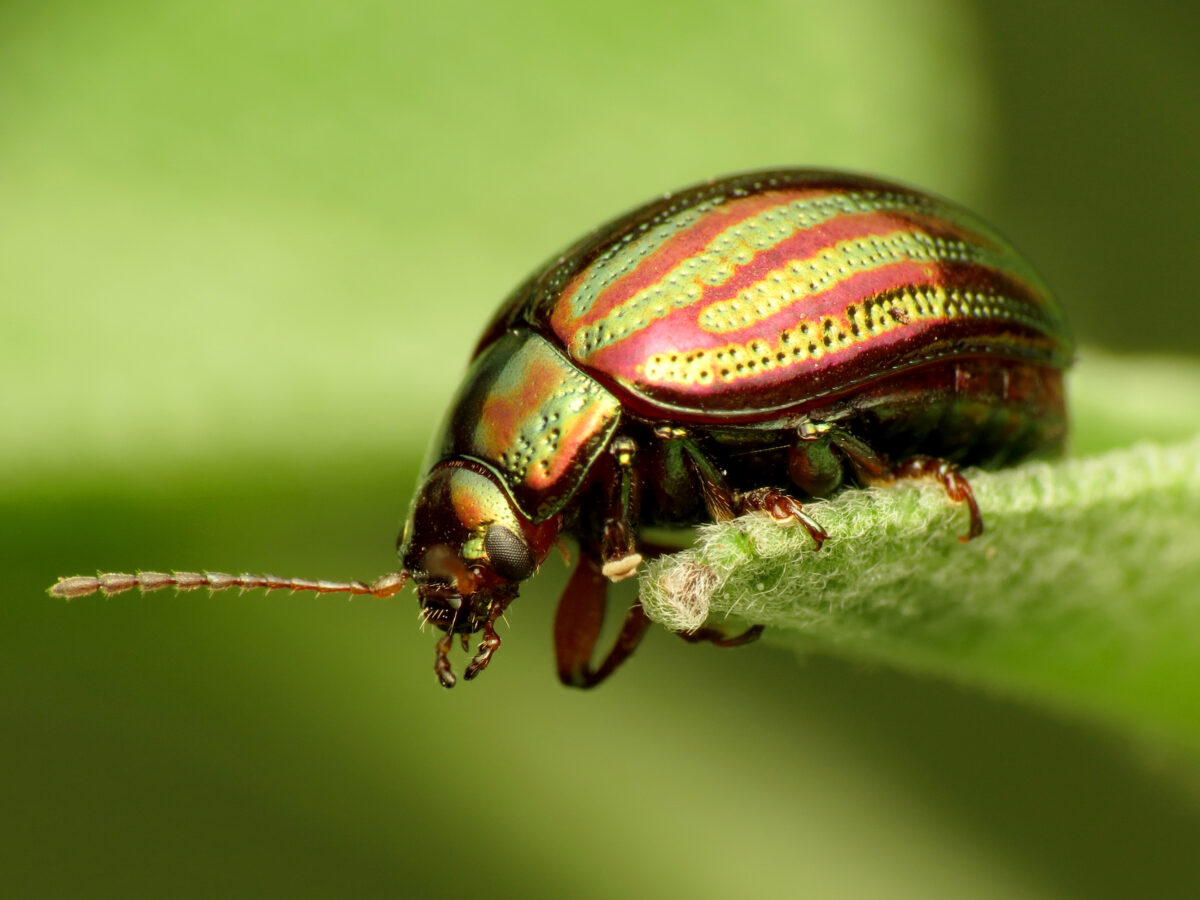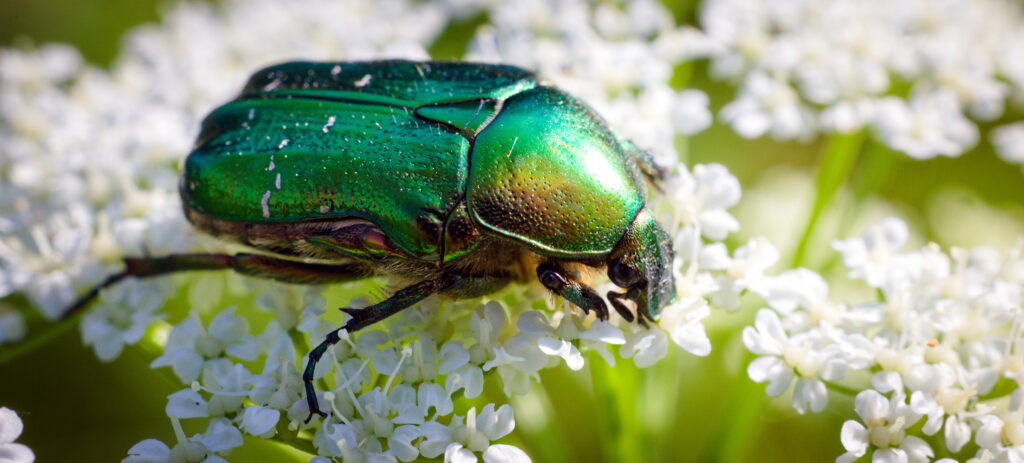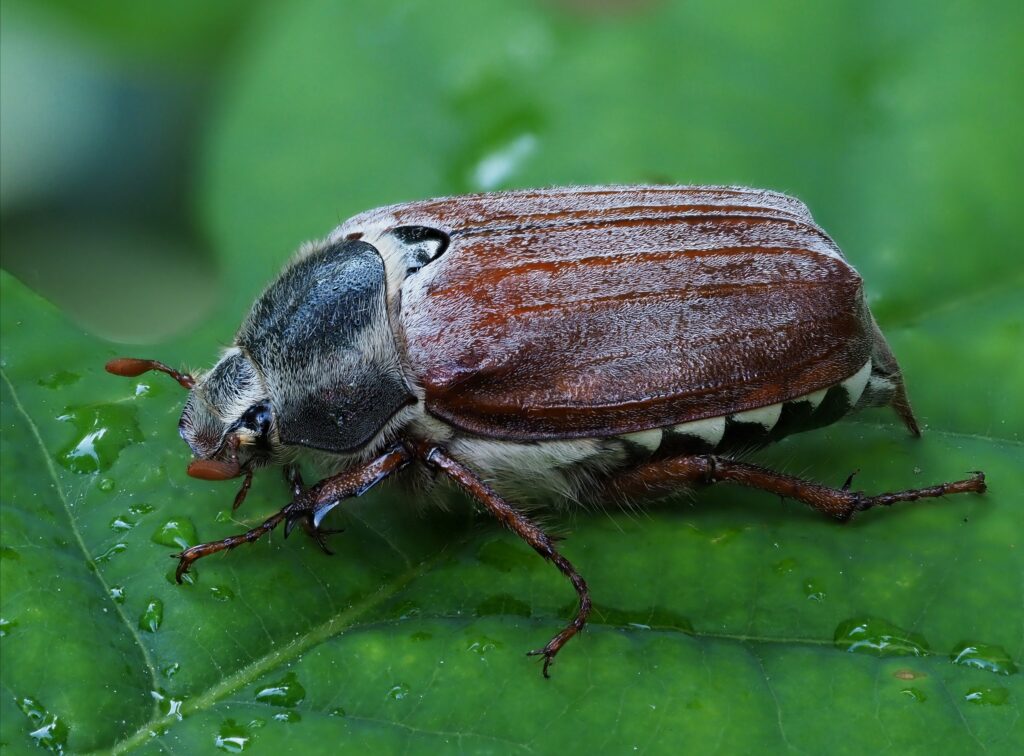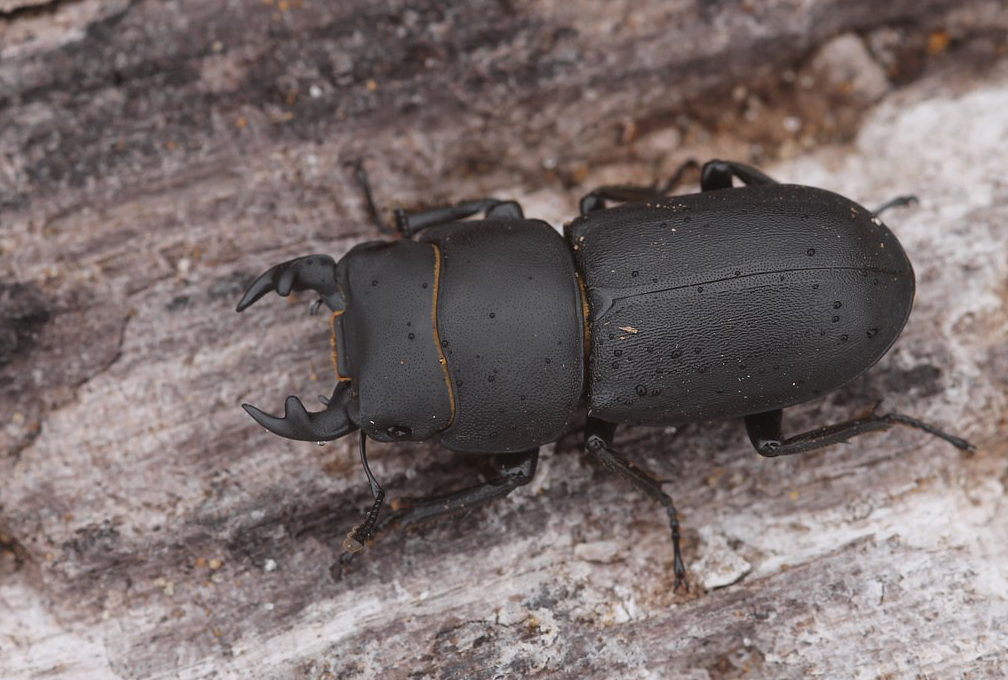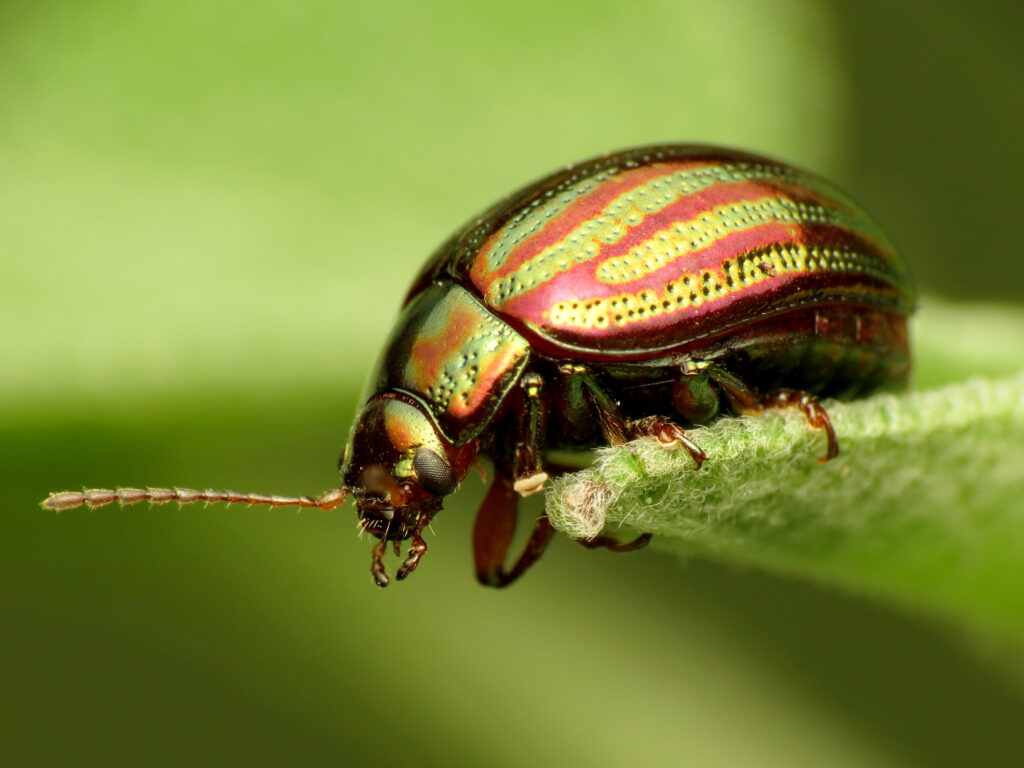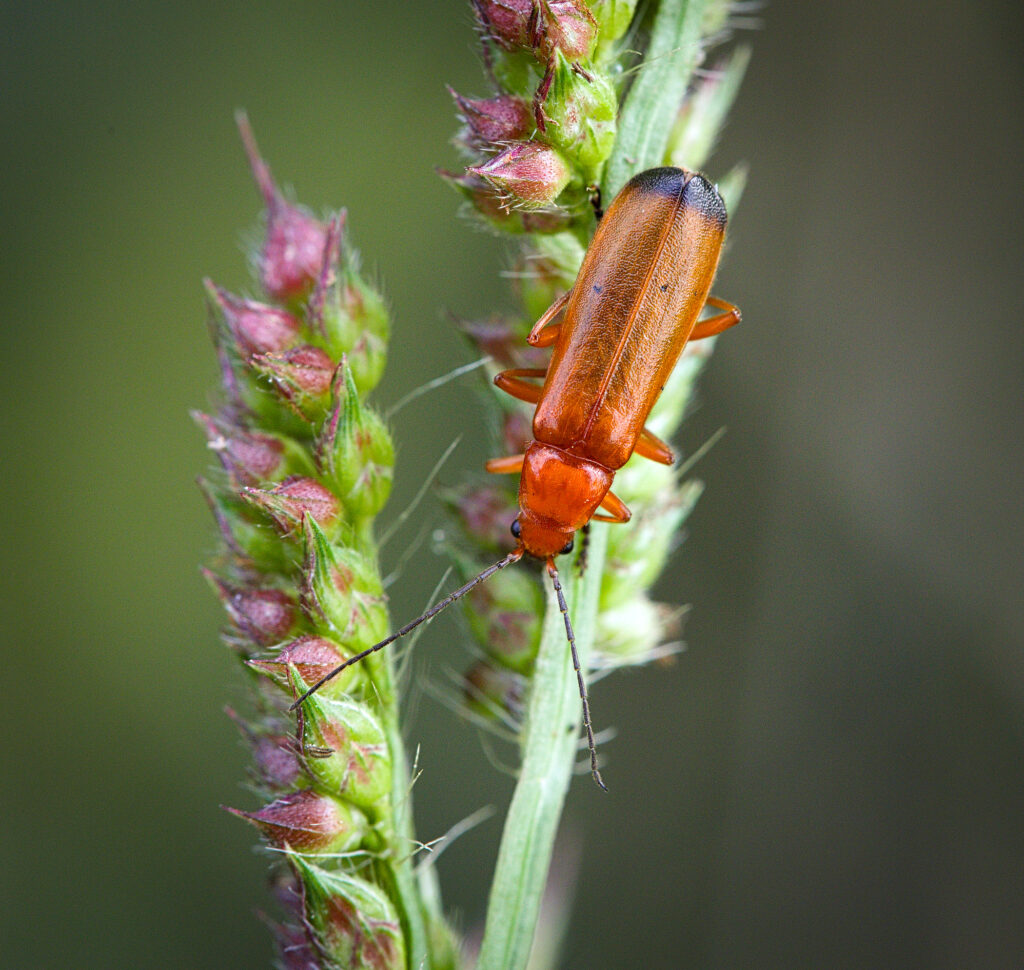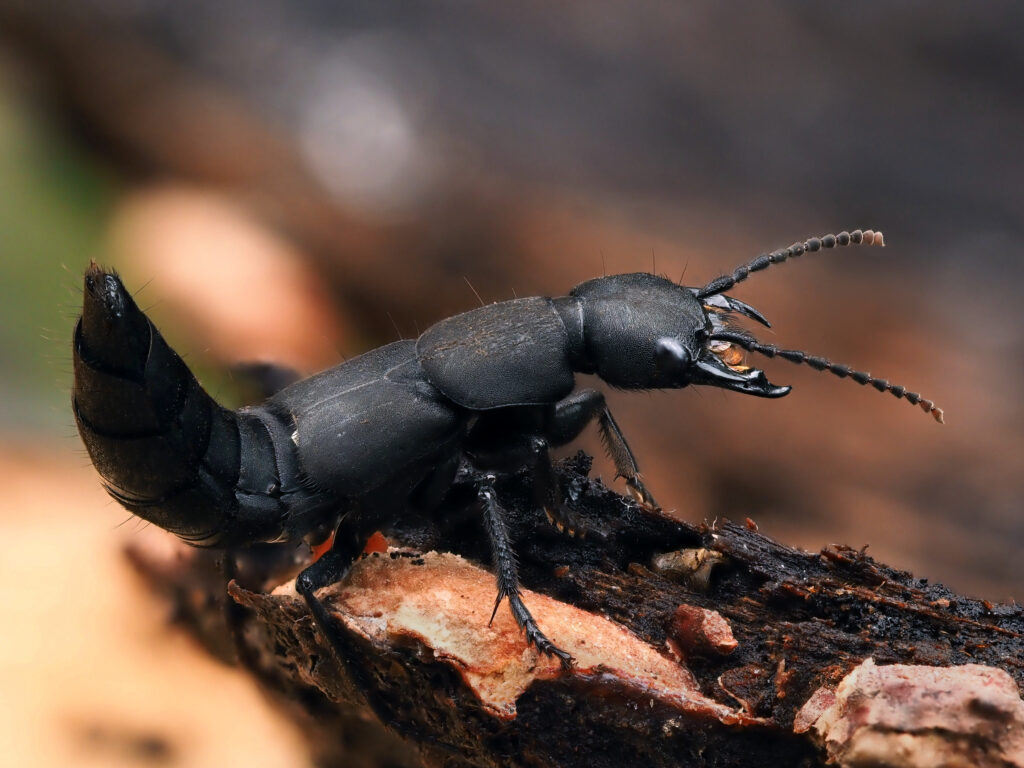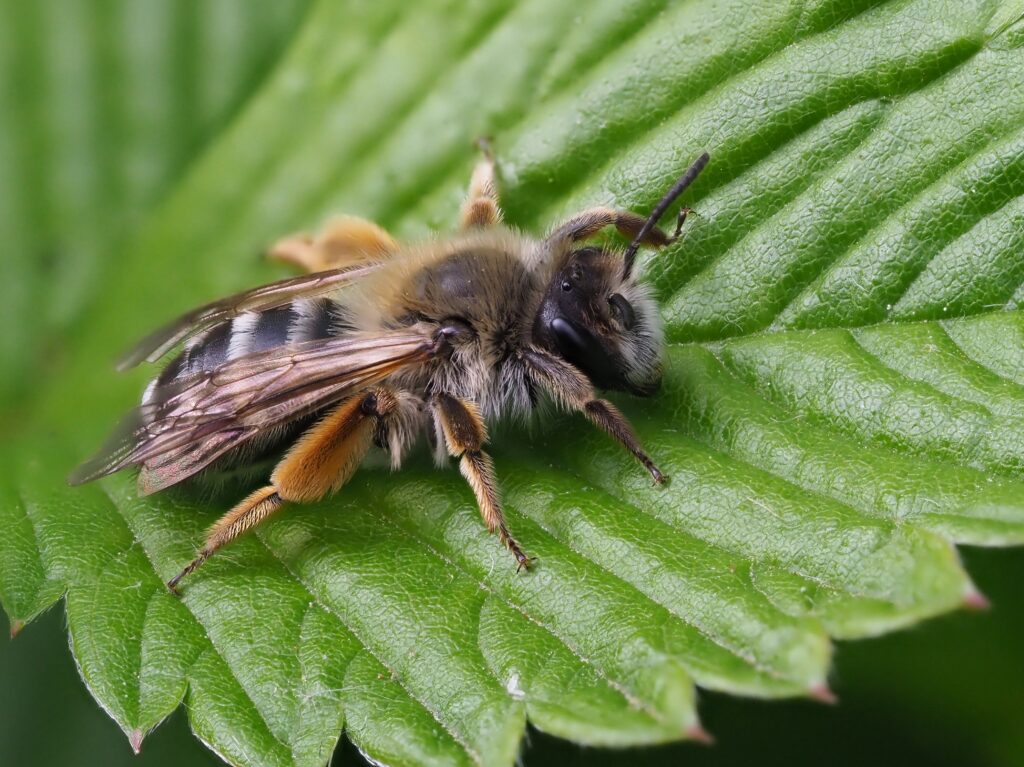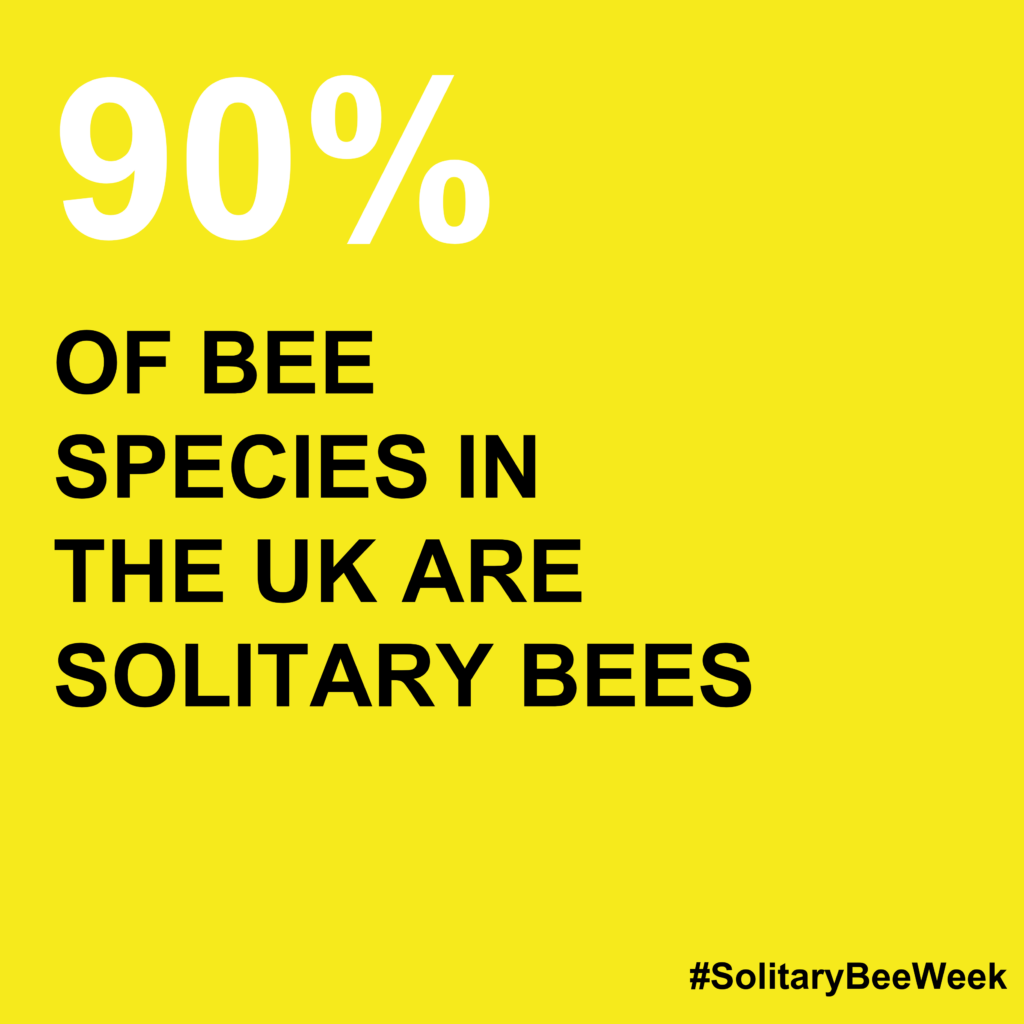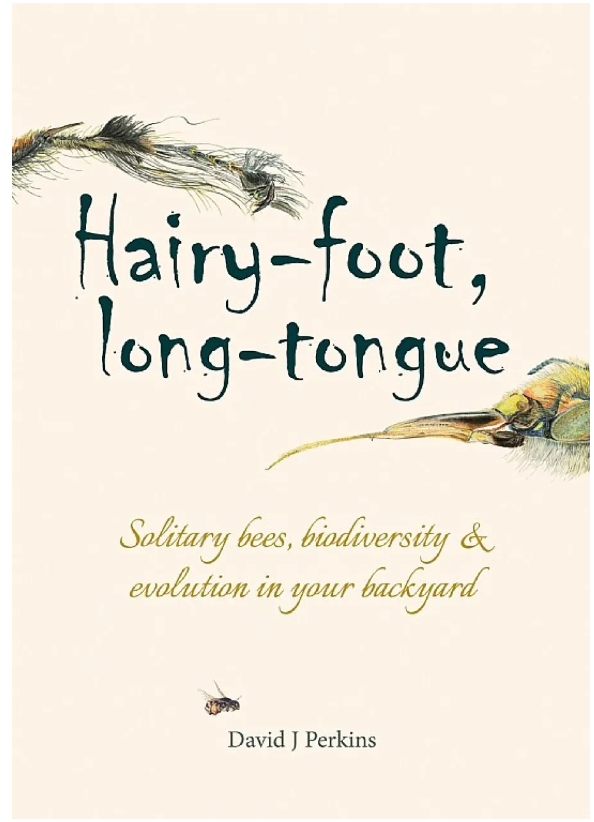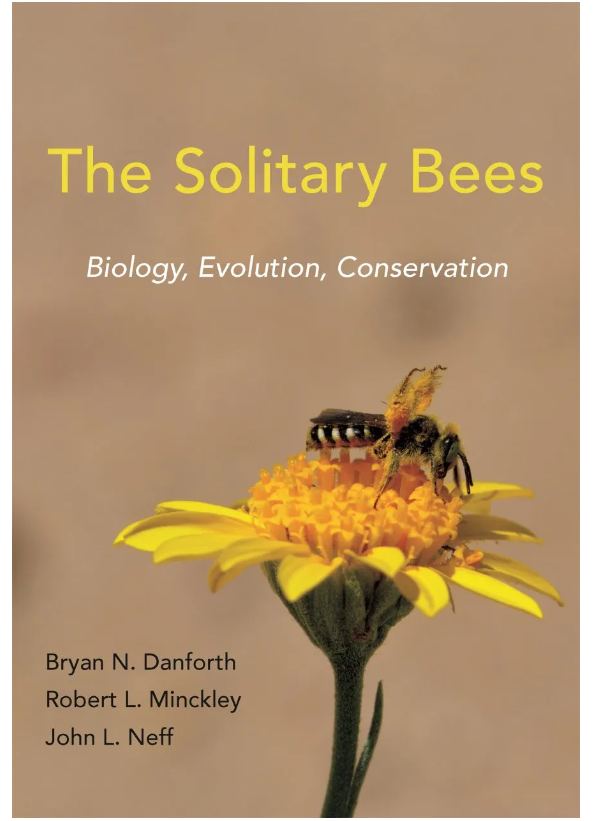Extinction
A paper published over the weekend revealed that the Slender-billed Curlew is likely to be extinct, with the last sighting recorded in Morocco in 1995. Marking the first known global bird extinction from the Western Palearctic, this species was previously common across mainland Europe, north Africa and west Asia, with populations found nowhere else in the world. The confirmation of the loss of this species of curlew comes just a month after COP16 took place in Cali, Columbia, which focused on increasing efforts to halt the loss of flora and fauna.
Wildlife and environment
Deforestation in the Amazon has fallen by 31%, marking a nine-year low. Despite this, deforestation is still a concern for Brazil, and an area the size of Delaware was cleared within the last year. The Amazon is facing a different set of pressures as climate change progresses – severe drought has contributed to a significant 18-fold surge in wildfires, which is impacting much of South America, including the biologically rich Pantanal in Brazil.
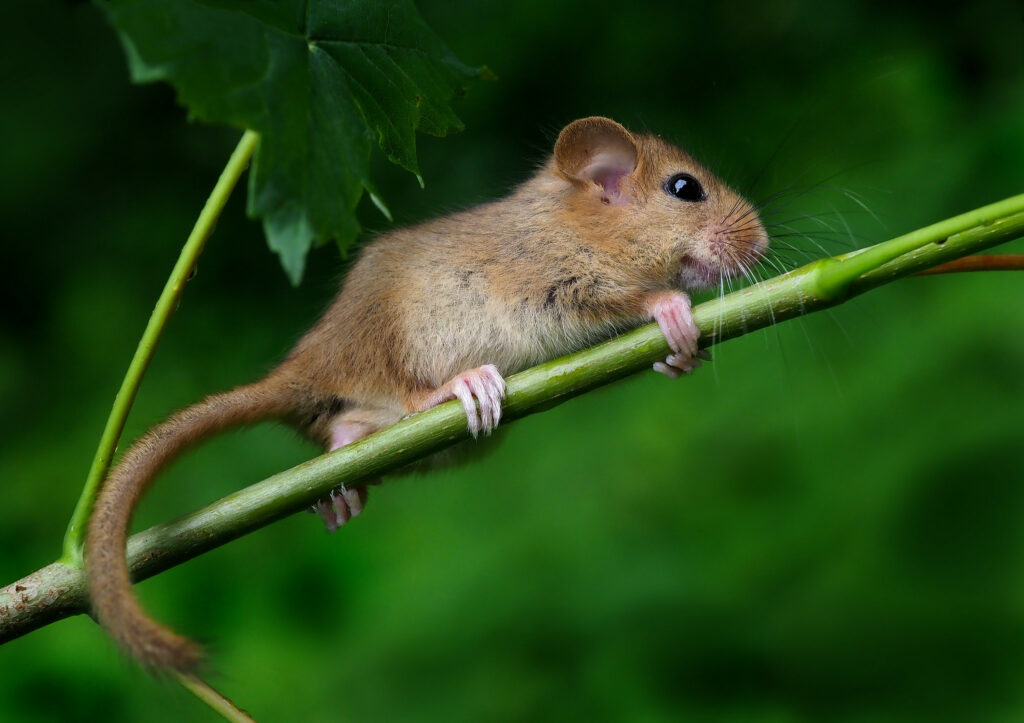
One of Britain’s rare mammals has been found in the Pembrokeshire Coast National Park. As an element of the park’s Cysylltu Natur project, which aims to protect 25% of the park’s northern section by 2025, dormouse nesting tubes were placed along areas of woodland on site. Licensed volunteers have discovered that dormice have inhabited the boxes, resulting in an exciting milestone in boosting nature recovery for the park.
Conservation
Two sites on the rivers Wear and Tyne are under consideration for saltmarsh restoration. Groundwork North East & Cumbria have applied for permission to undertake work in these areas to compensate for construction along the riverbank and heavy industrialisation in the area. The work will expand and restore existing habitat without removing waterside infrastructure – this restoration will slow the river flow and allowing sediment to build, in turn providing habitat for fish, invertebrates and other aquatic life.
The first of fourty-eight Local Nature Recovery Strategies (LNRS) has been developed for the West of England. The strategies are conceived by local authorities, communities, NGO’s and government agencies to identify focus areas for nature. These locally led, evidence-based plans were conceived to prioritise nature investment and target efforts for environmental restoration where it is needed most. LNRS’s will eventually be rolled out to cover all of England, helping to coordinate target action to meet biodiversity commitments.
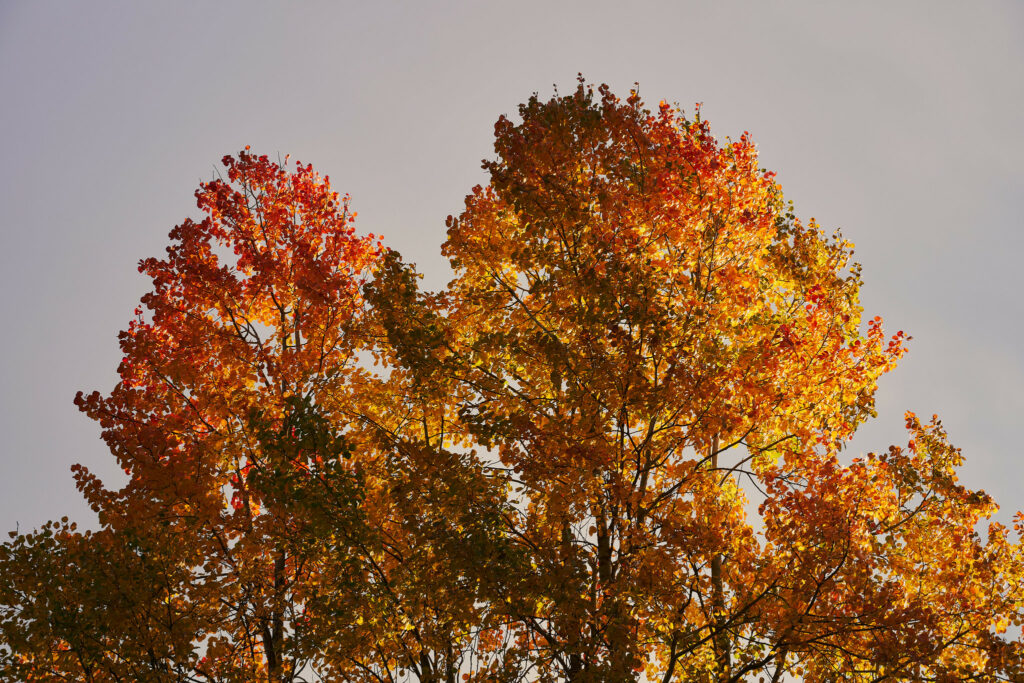
Cairngorms National Park has launched an initiative to save one of Scotland’s most threatened tree species – Aspen. Partnered with Trees for Life, the Cairngorms National Park Authority will be mapping the health and location of existing Aspen populations, and the data will be used to guide the planting of new trees within the forest. Deemed one of Scotland’s most vital native trees, this once-common species has undergone extreme declines due to deforestation and overgrazing. It is hoped that the project can be used as a blueprint to roll out Aspen conservation across Scotland, securing biodiversity benefits for the environment.
Policy
Prime Minister Keir Starmer has revealed new climate targets for the UK. Announced at COP29 in Azerbaijan, the UK will now aim for 81% reductions in emissions by 2035. This new target updates a previous pledge of 78% made by the Conservative government, and comes after recommendations from the UK’s Climate Change Committee. This new pledge will help to support the UK’s move to net zero by 2050, and although the UK is currently running behind on delivering cuts, this new target will provide local economic growth and investment.
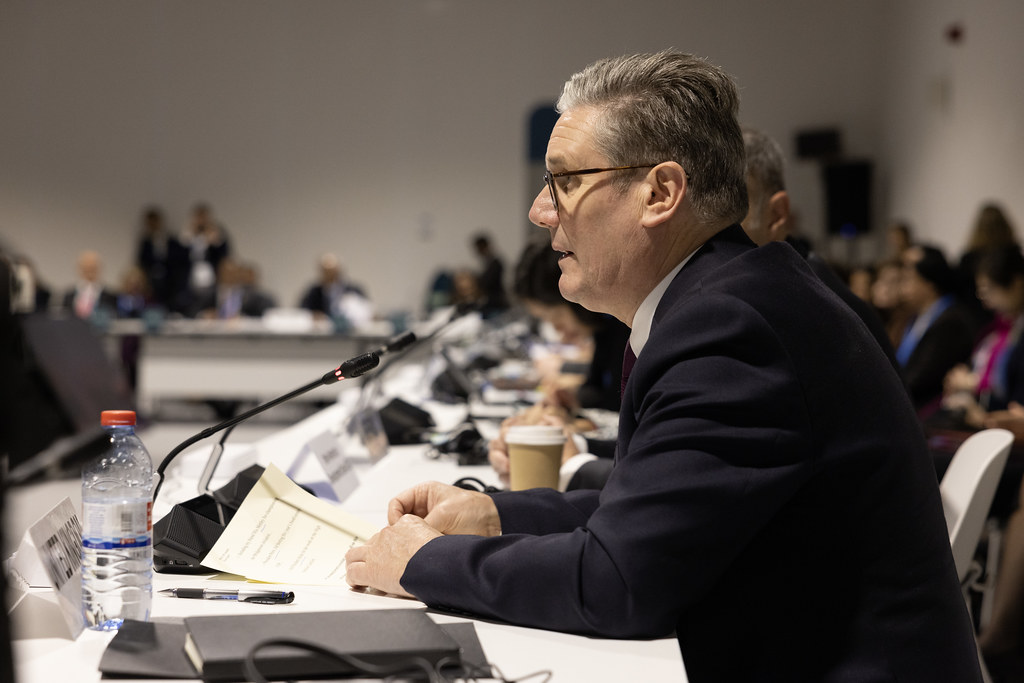
The Environmental Audit Committee will be examining the environmental impact of Labour’s planning reforms. This inquiry comes after an early pledge to build 1.5 million homes over a five year period. To do this, there are proposed changes to the national planning policy framework, which would enable the government to release land for housing development. The inquiry will question whether these reforms can maintain current levels of environmental protection, and is seeking views on the implications of these reforms on nature and the climate.



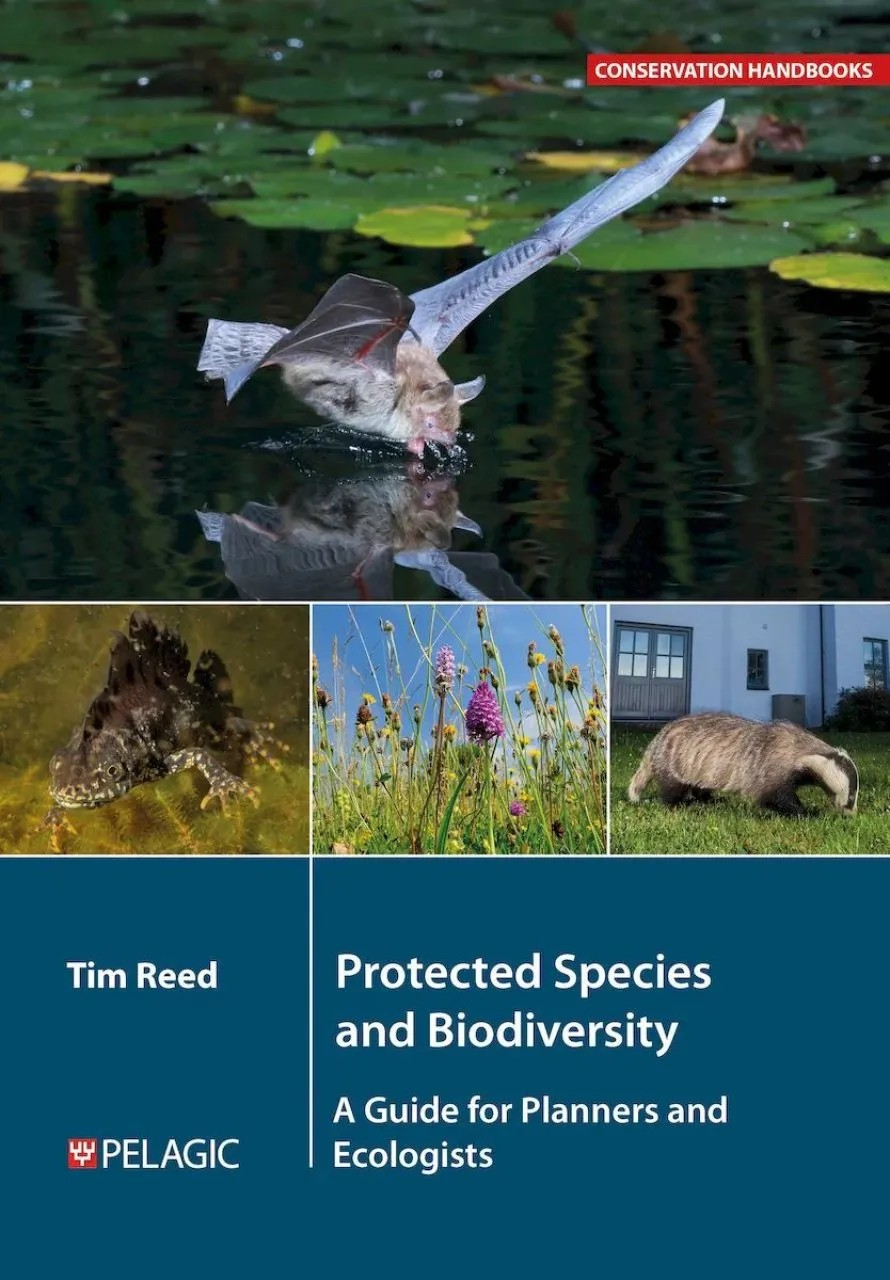
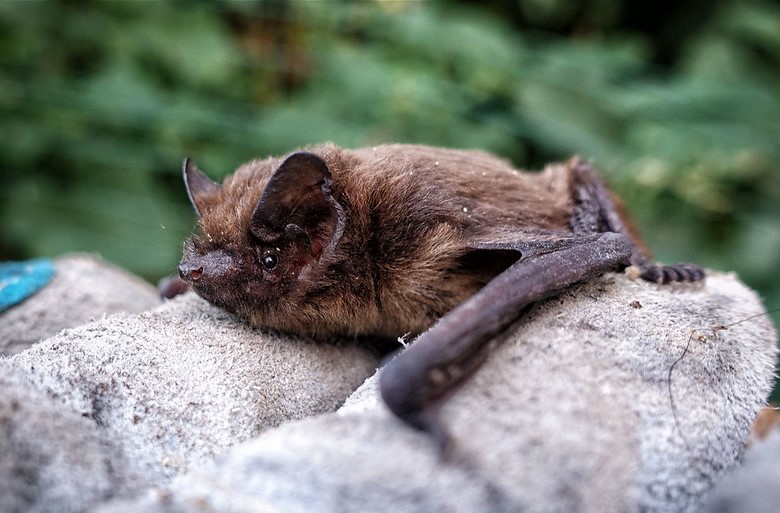

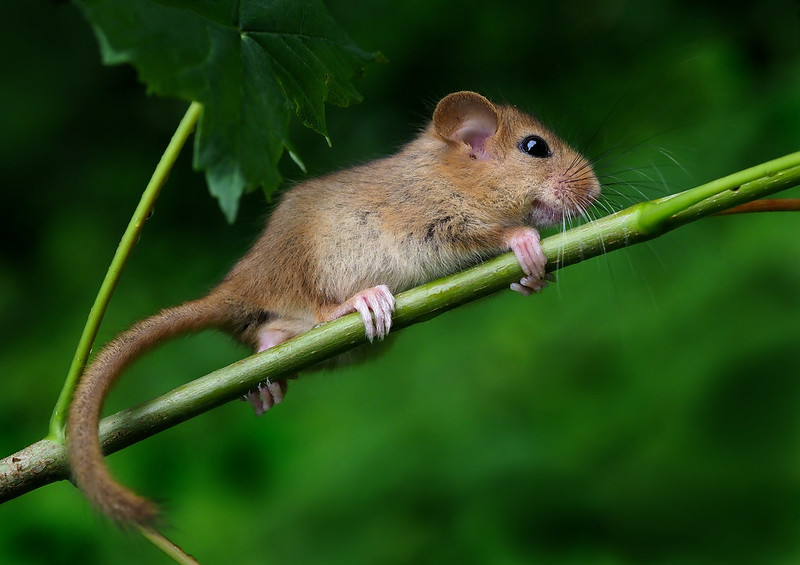

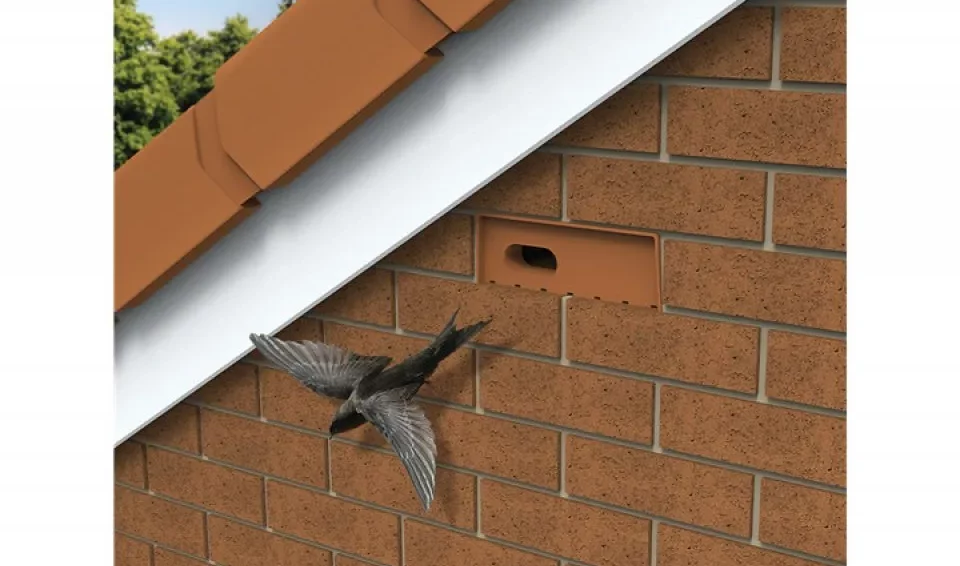



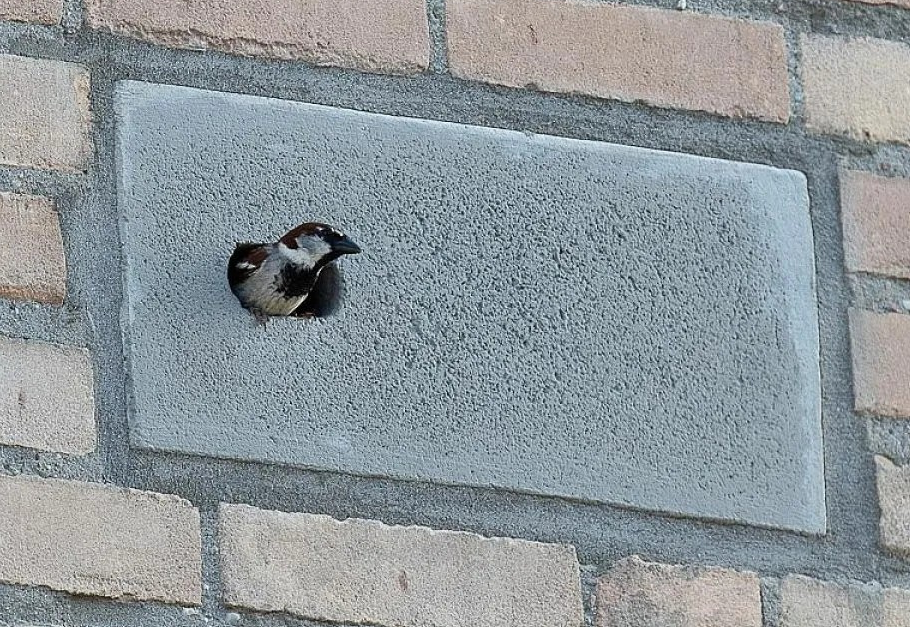







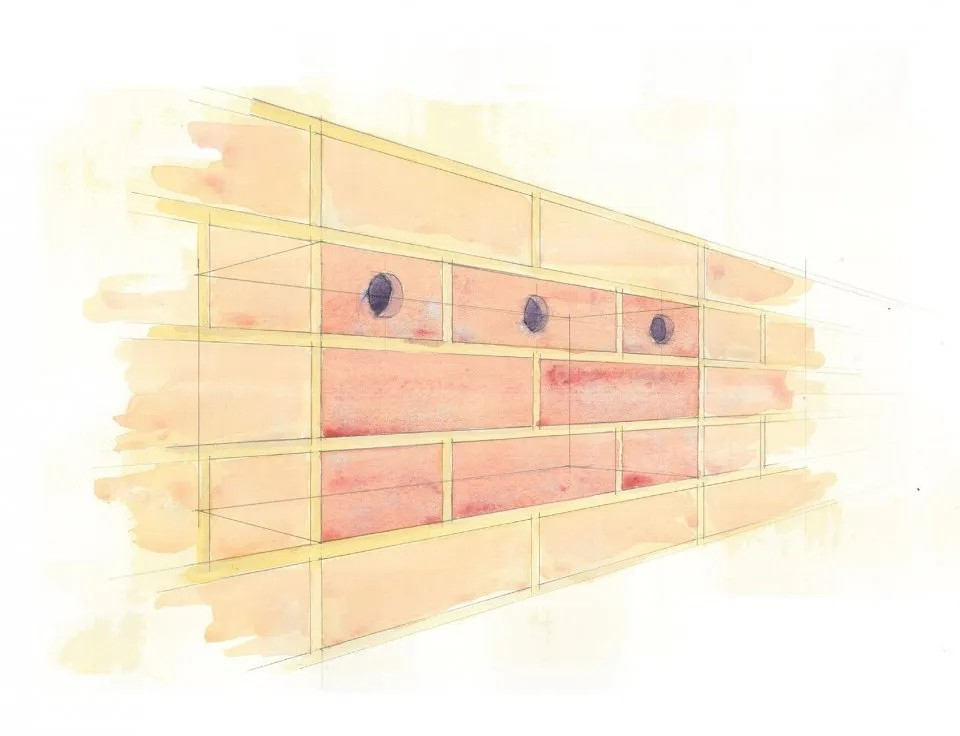


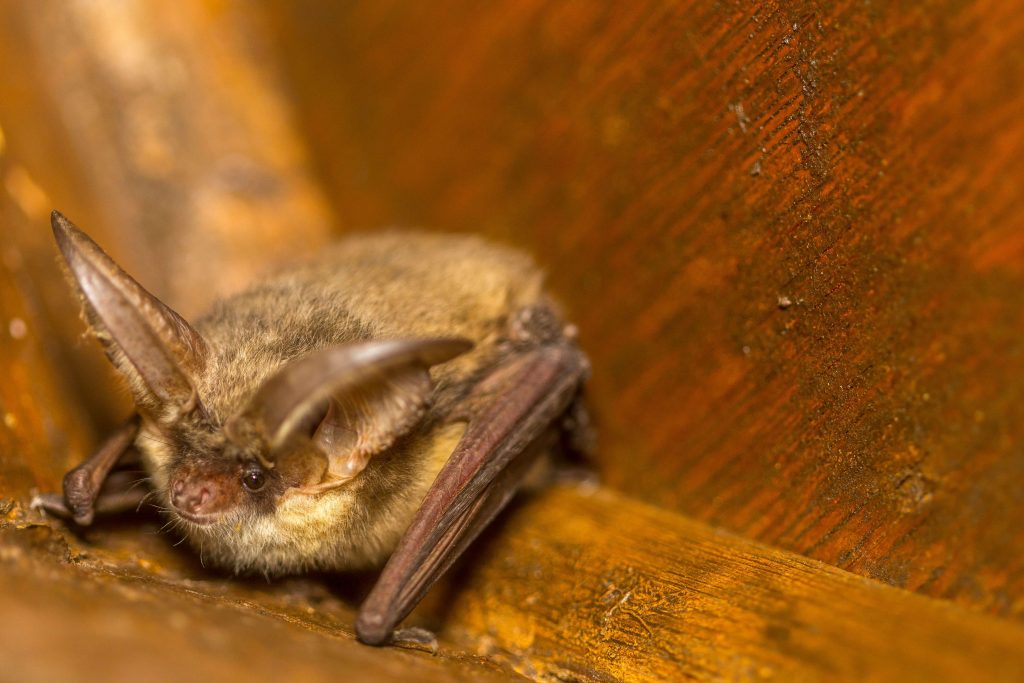
















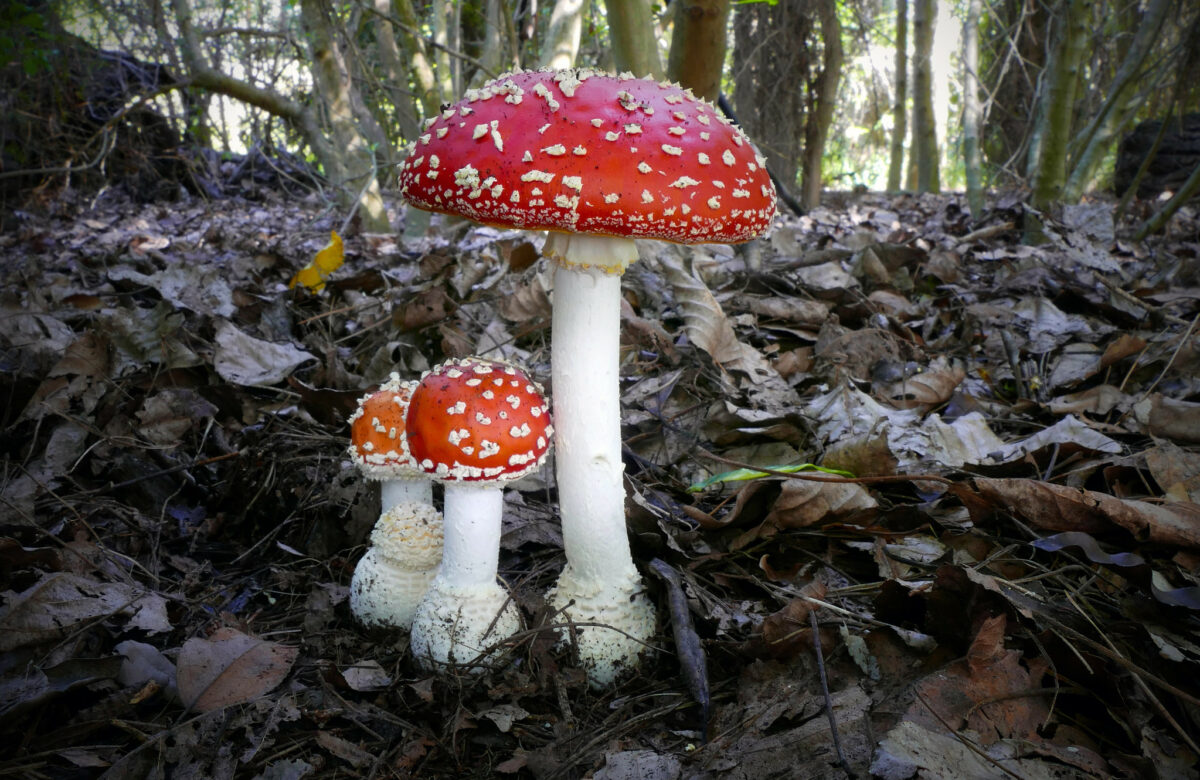

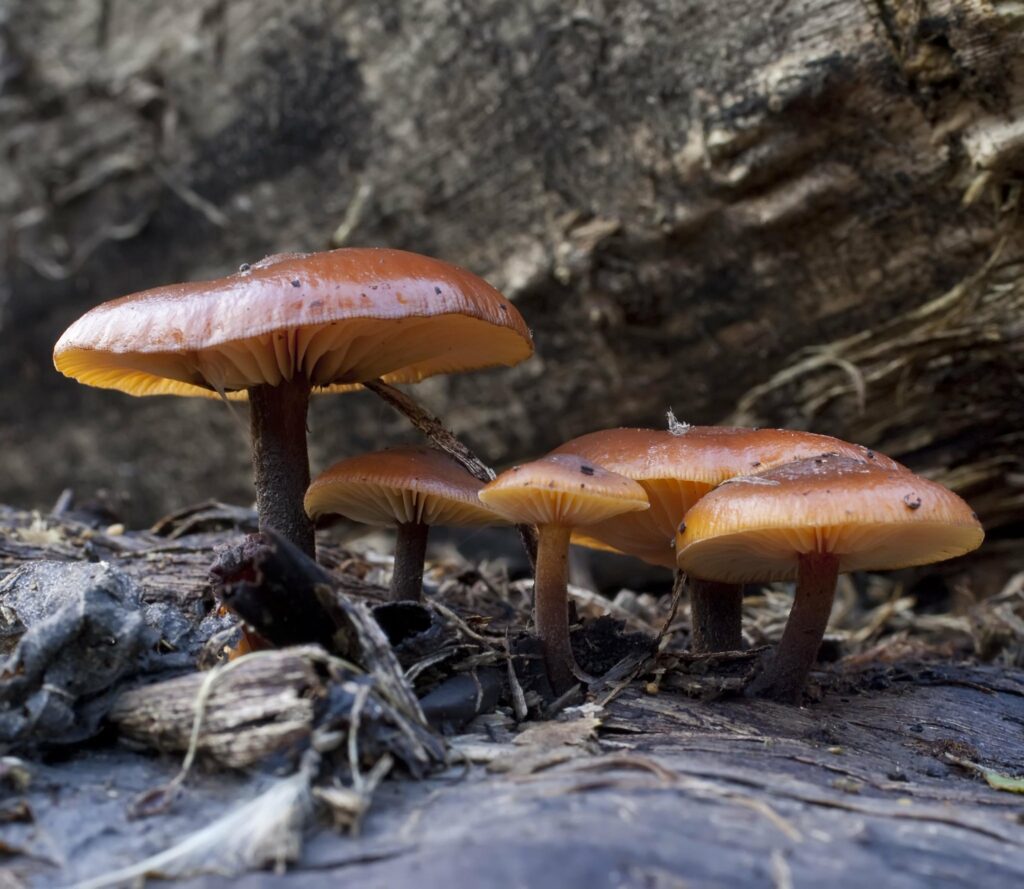
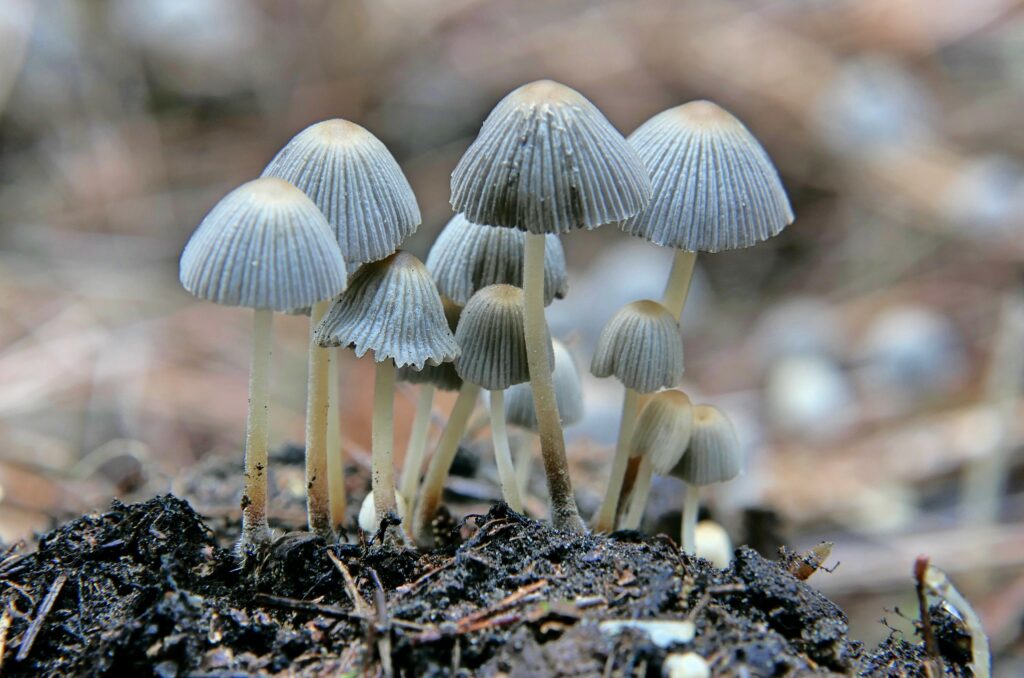



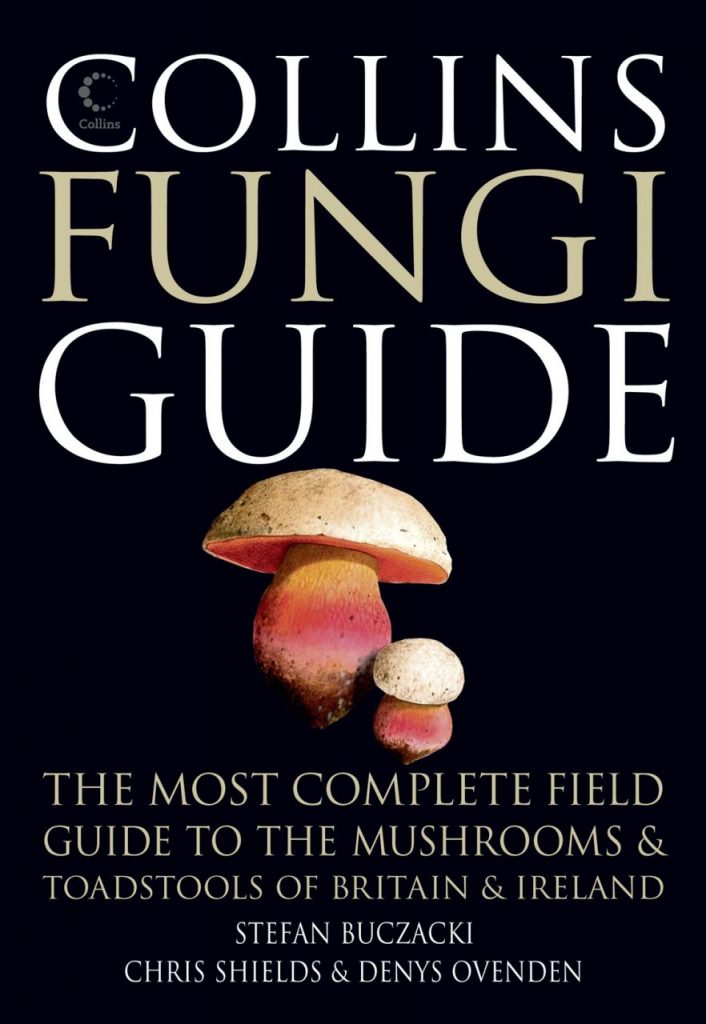




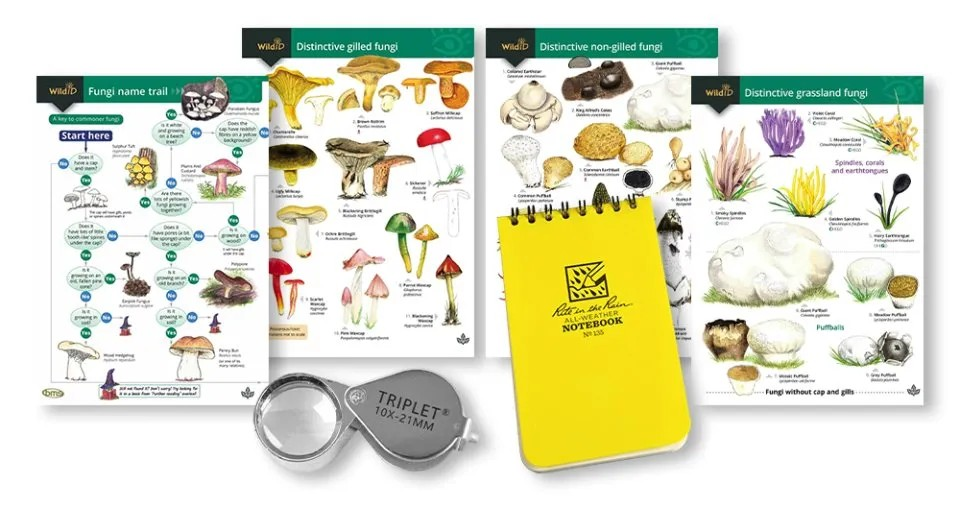
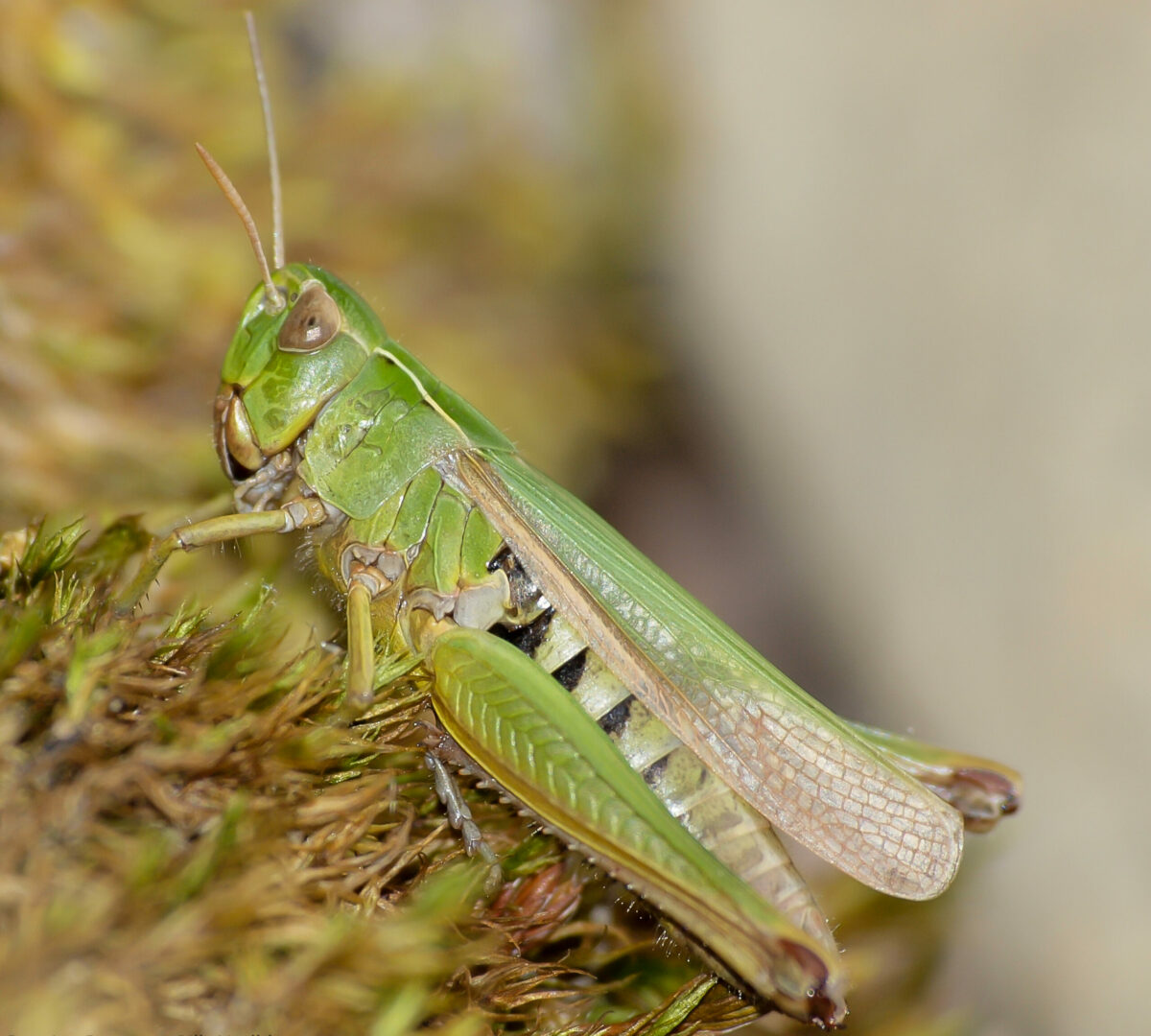
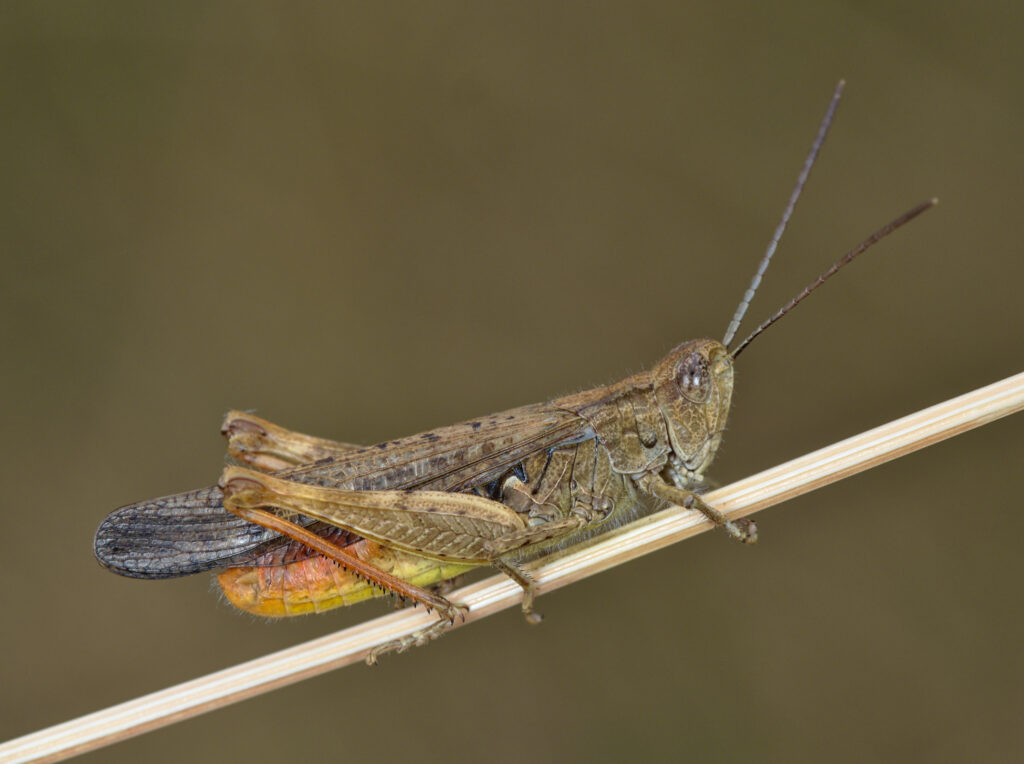

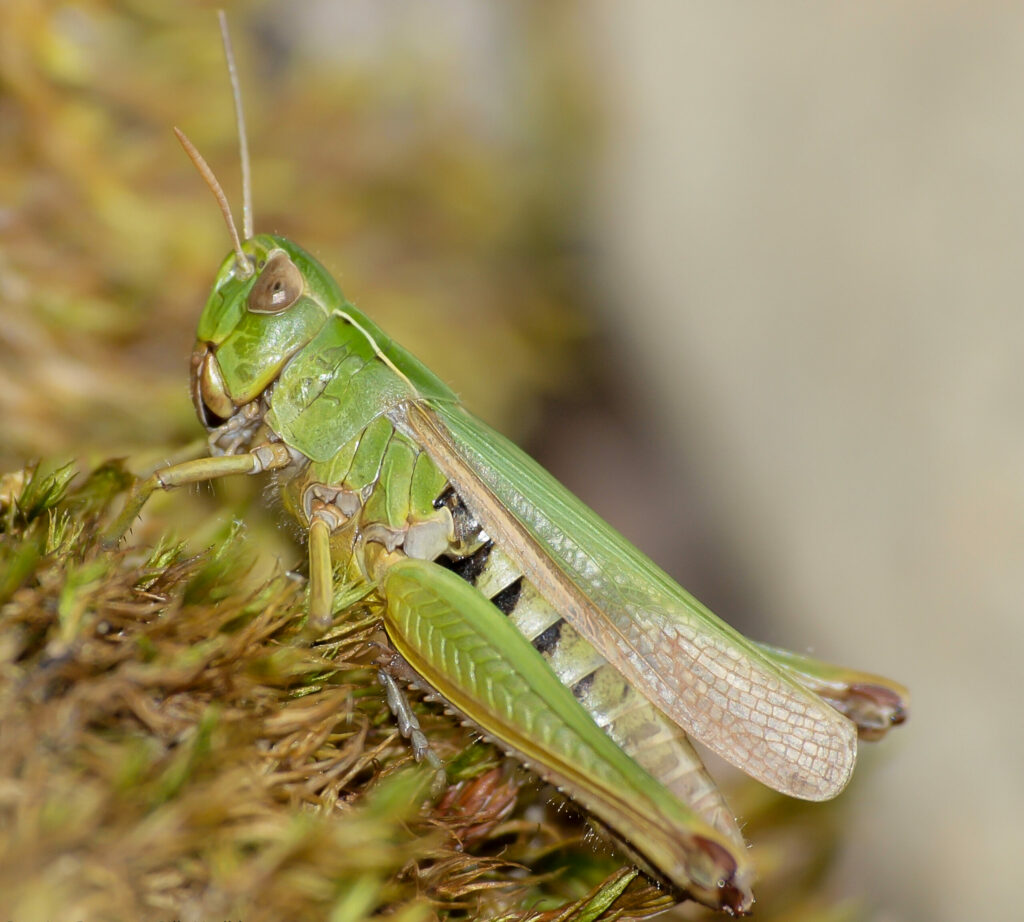
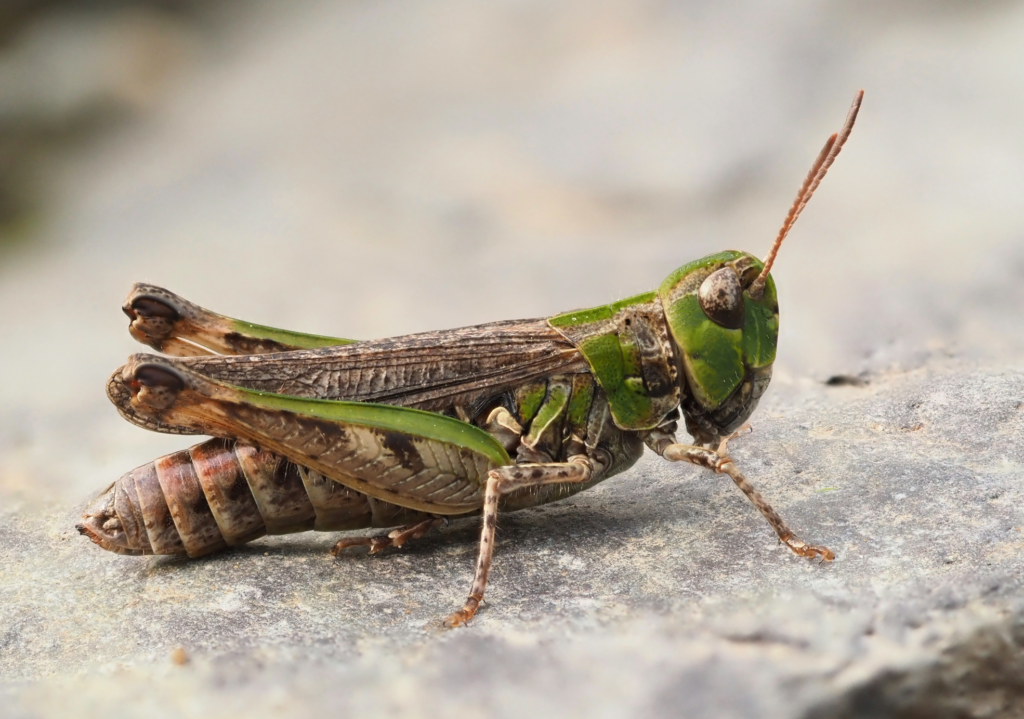
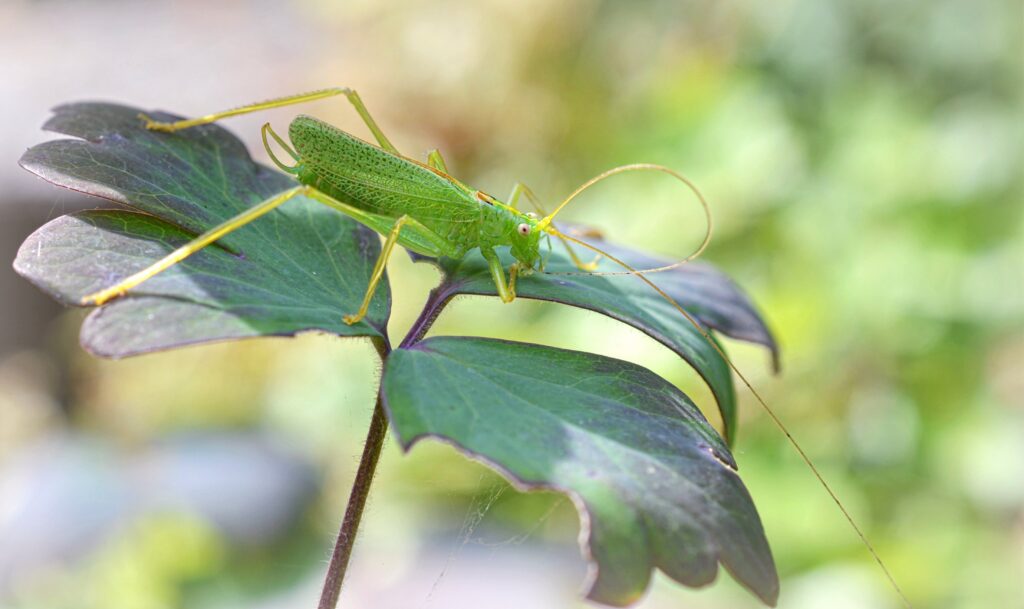
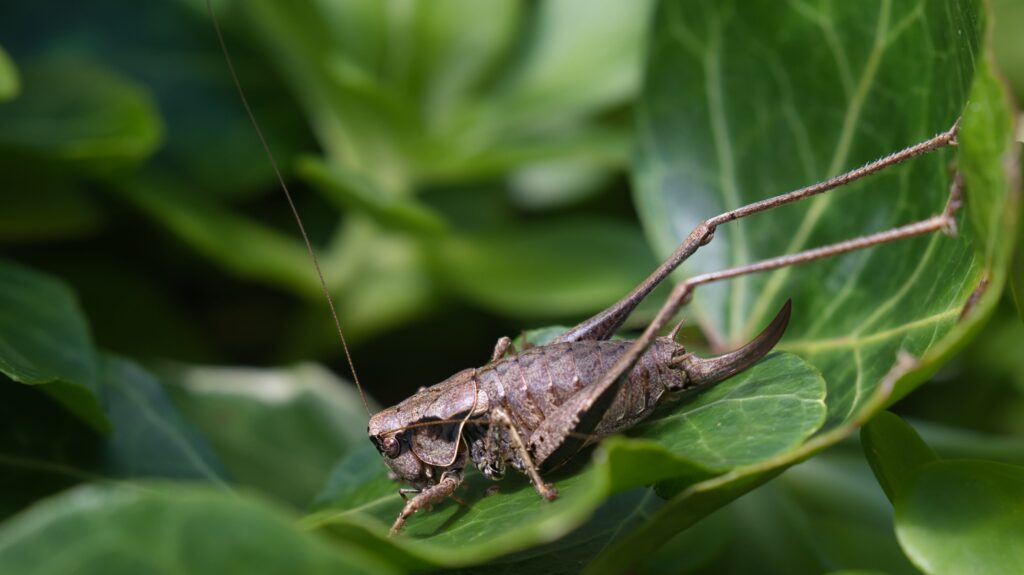
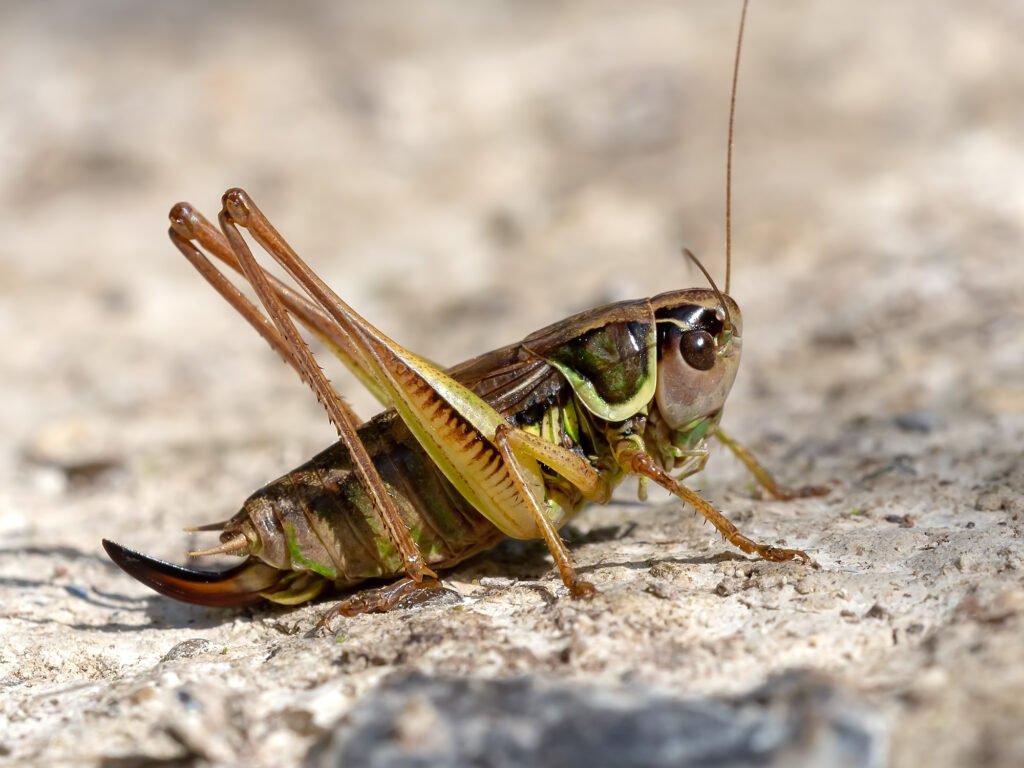
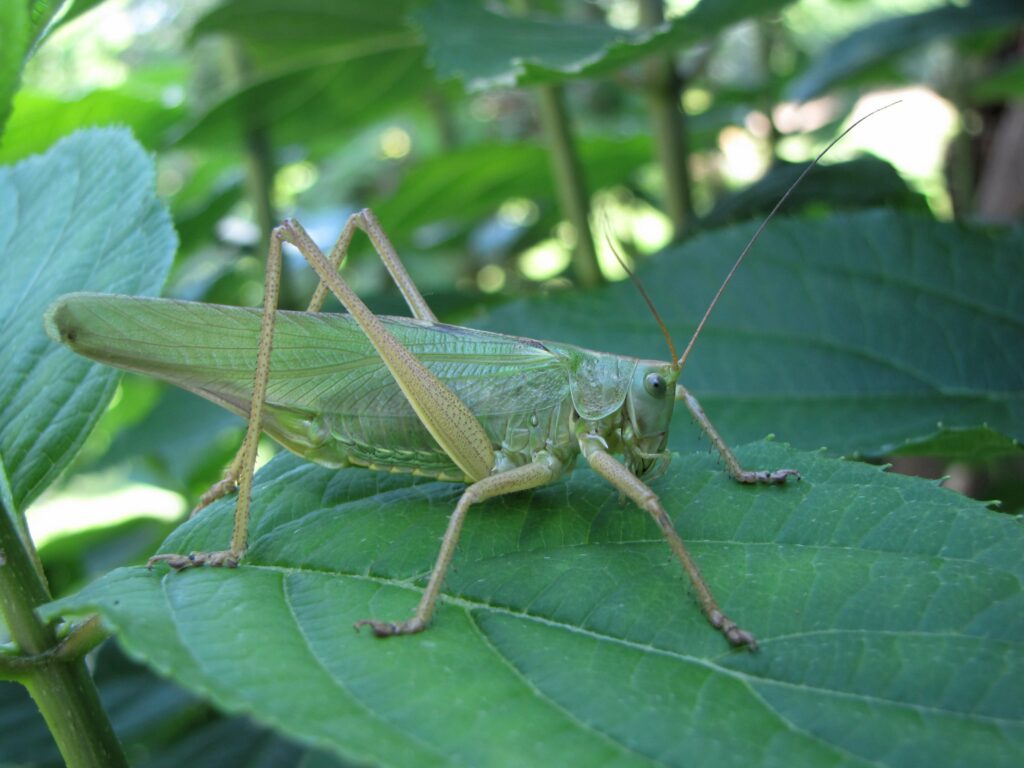
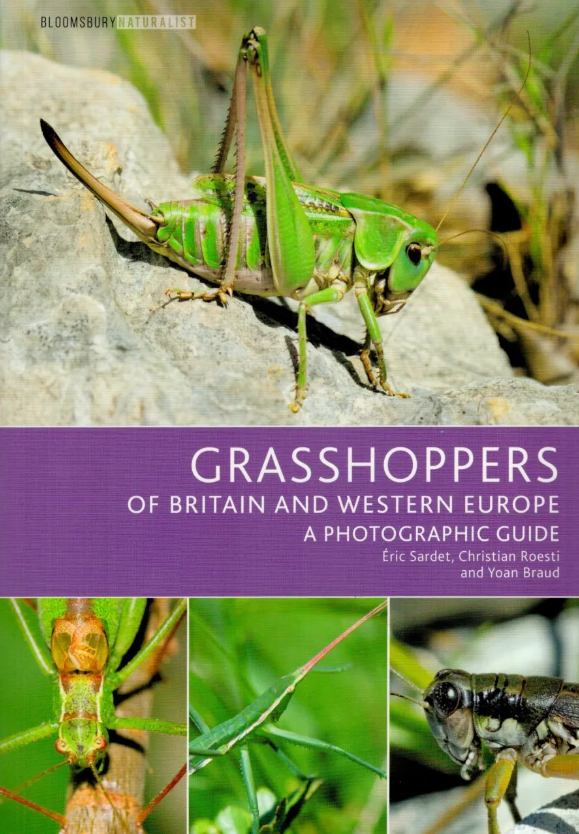 Grasshoppers of Britain and Western Europe
Grasshoppers of Britain and Western Europe Orthoptera and Dermaptera
Orthoptera and Dermaptera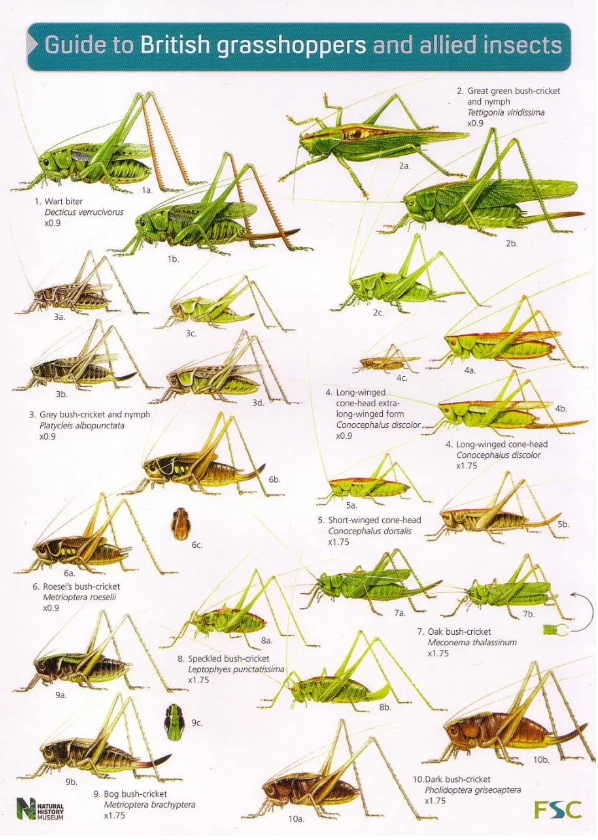



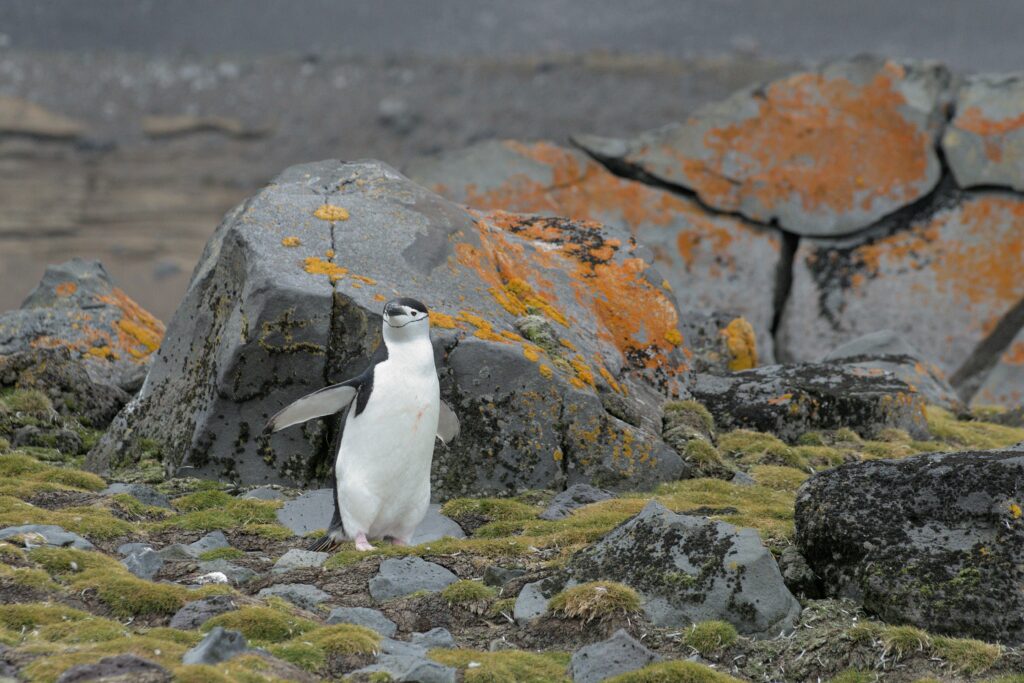
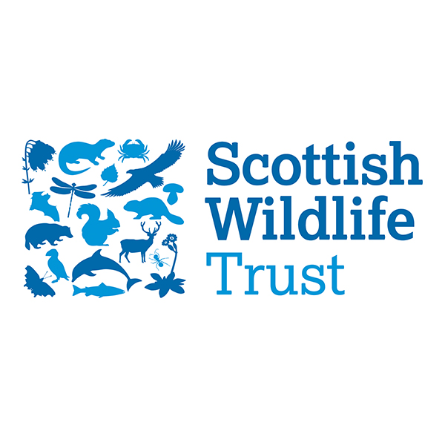
 The Scottish Wildlife Trust is the leading charity seeking to protect and restore the diversity of the Scottish landscape and its species. Based in Edinburgh, this membership-based organisation has a key role in the conservation of over 90,000 species through practical work, campaigning, education and management in over 100 wildlife reserves.
The Scottish Wildlife Trust is the leading charity seeking to protect and restore the diversity of the Scottish landscape and its species. Based in Edinburgh, this membership-based organisation has a key role in the conservation of over 90,000 species through practical work, campaigning, education and management in over 100 wildlife reserves.